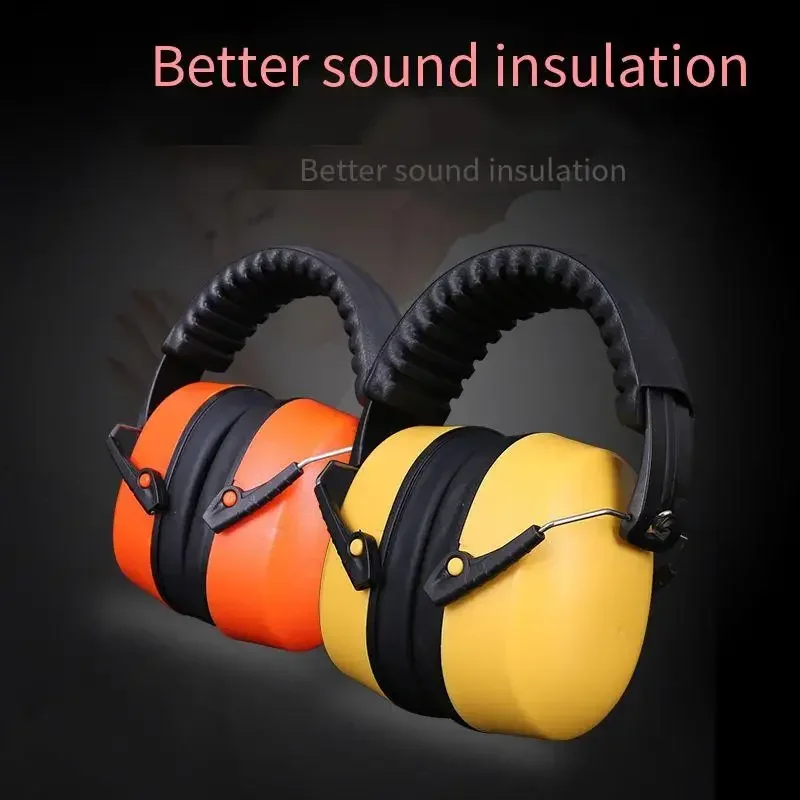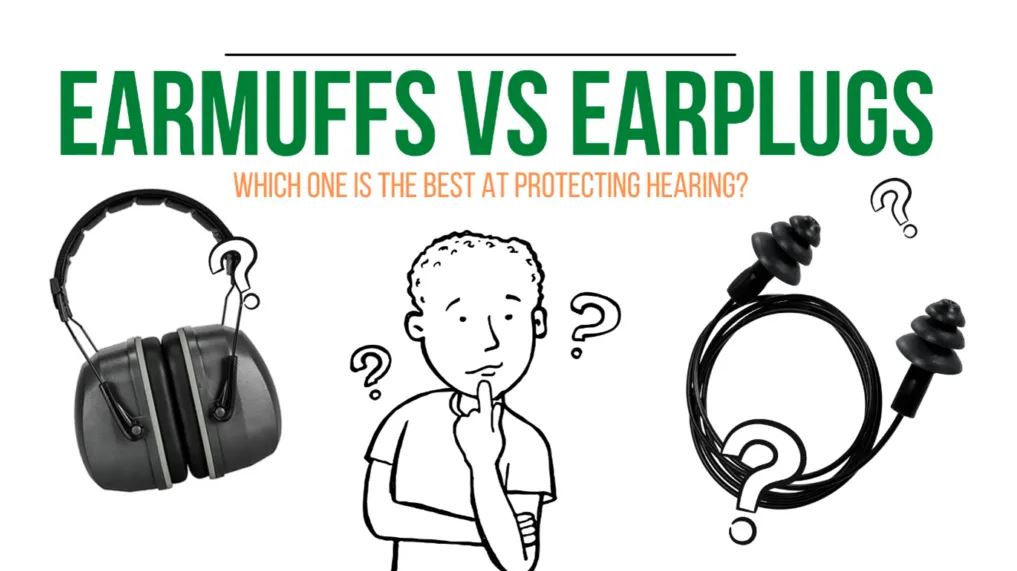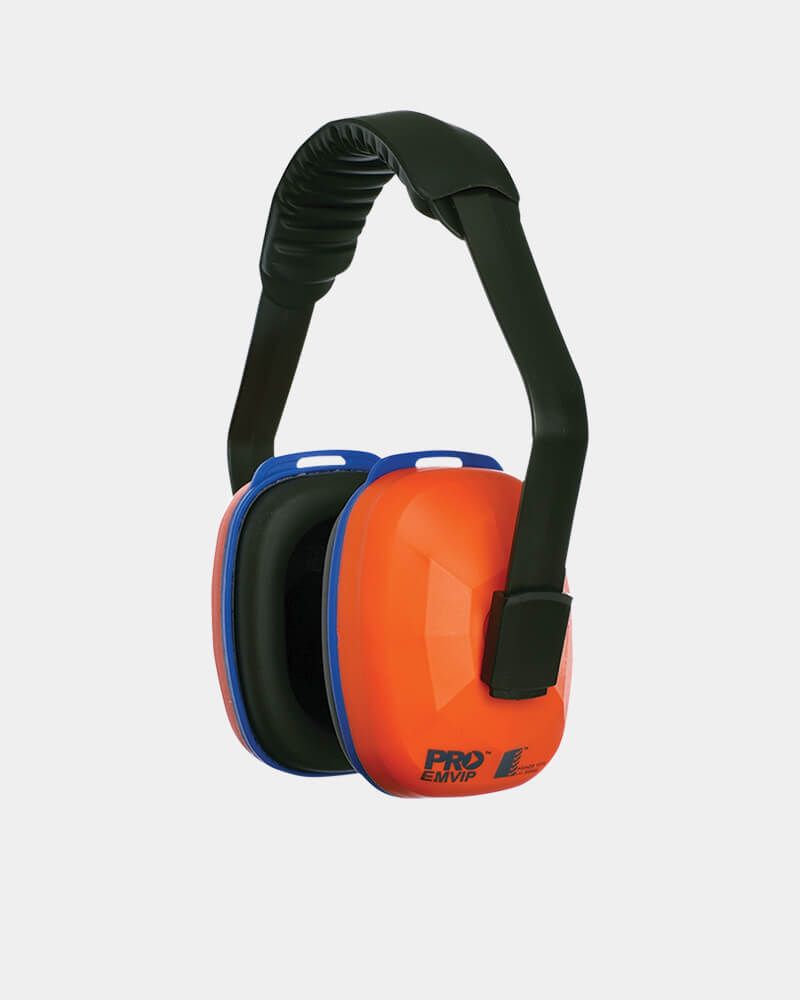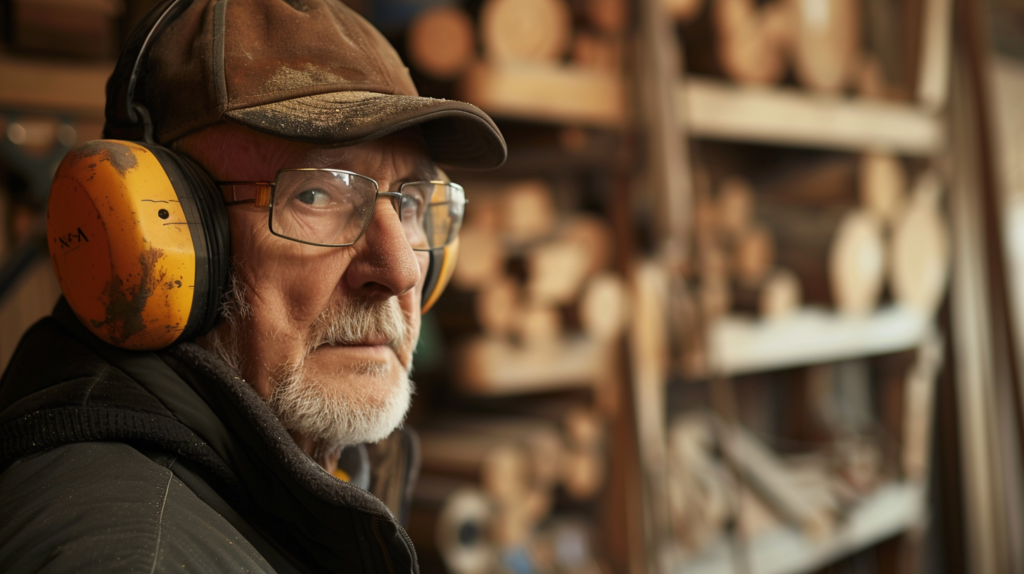
Understanding Noise Transmission and Ear Muffs for Sound Reduction
Searching for ear muffs for sound reduction is the process called noise transmission. You are using a barrier between the noise source and your ears which are the receiver of the noise. With ear muffs for sound reduction you have two options. You can use ear muffs for sound reduction that are active or passive in their treatment of noise.
You can use an active system which uses an electronic generated waveform that is out of phase with the noise. You can use passive ear muffs for sound reduction which use the material in the ear muffs to provide a barrier against the noise. The choice you must make is based upon the frequency and amplitude of the noise.

Types of Ear Muffs: Active vs Passive Noise Reduction
The frequency of noise is where that noise lies within the human hearing spectrum. The unit of measurement is called hertz. The amplitude is the strength of each frequency. sound energy is composed of wavelengths. Lower frequency energies sometimes referred to as bass are longer wavelengths and the most difficult to attenuate.
Middle and higher frequencies such as voice are shorter in length and are easier to stop due to their shorter lengths. If you are searching for ear muffs for sound reduction you must first examine the frequency along with the amplitude or strength of the noise issue.

Importance of Measuring Noise Frequency and Amplitude
Active ear muffs for sound reduction work by measuring the noise input then creating a waveform that is the inverse of the noise waveform that it has measured. This is done electronically inside the headphones. Ear muffs for sound reduction that are not active must rely on the density of the material used to make the unit.
When your ears need to be shielded from the cold, more layers of material are usually better at therm management. In order to figure out which method will work for your particular noise issue involves the use of noise measurement to identify what noise you are trying to avoid. All noise must be measured for both frequency and amplitude.

How Active Ear Muffs Work for Noise Reduction
The frequency of any noise issue is defined as to where it falls within our human hearing audibility spectrum. Our hearing range is from 20 hz. – 20,000 hz. A garbage truck noise is 40 hz. Voice from next door and on your TV is 80 – 300 hz. Every sound or noise is assigned a unit of measure or hertz. Lower frequency, garbage truck noise, is much more difficult to stop. It is a long waveform of 28′.
You must use an active system when considering ear muffs for sound reduction. Voice noise transmission can be managed with ear muffs for sound reduction if they have mass or density. As a general rule for an analog approach to managing low frequency noise, you must have mass or density to deal with lower frequency wave energy.

Challenges of Passive Ear Muffs in Low Frequency Noise Reduction
Ear muffs for sound reduction come in two types. There are active and passive types. Active noise cancellation is done electronically and we will be an easier fit for most people. Passive types are less effective with lower frequencies. Instead of using passive ear muffs for sound reduction, one would be better served by using standard ear plugs.
Trying to find ear muffs that have the required density would be too time consuming and would have a high error rate. At Acoustic Fields, we can assist you with all noise issues. We have measurement processes that can identify the noise and provide you with the proper barrier design. We can also assist you with determining the room resolution that your usage and experience will require.








Lots of good information here and the video are quite good. However, all the examples I’ve been able to find relate to interior sound management.
Have you all done any consulting on dealing with managing pickleball noise? I’ve seen products from AcousticBlok and others. We are planning to build 4 pickleball courts near residents and are going to need a professional design.
Is this something that your company does?
We can assist you with this proect. Fill out the information in this link and after submission, schedulke a time slot to speak with Dennis. https://www.acousticfields.com/free-room-analysis/